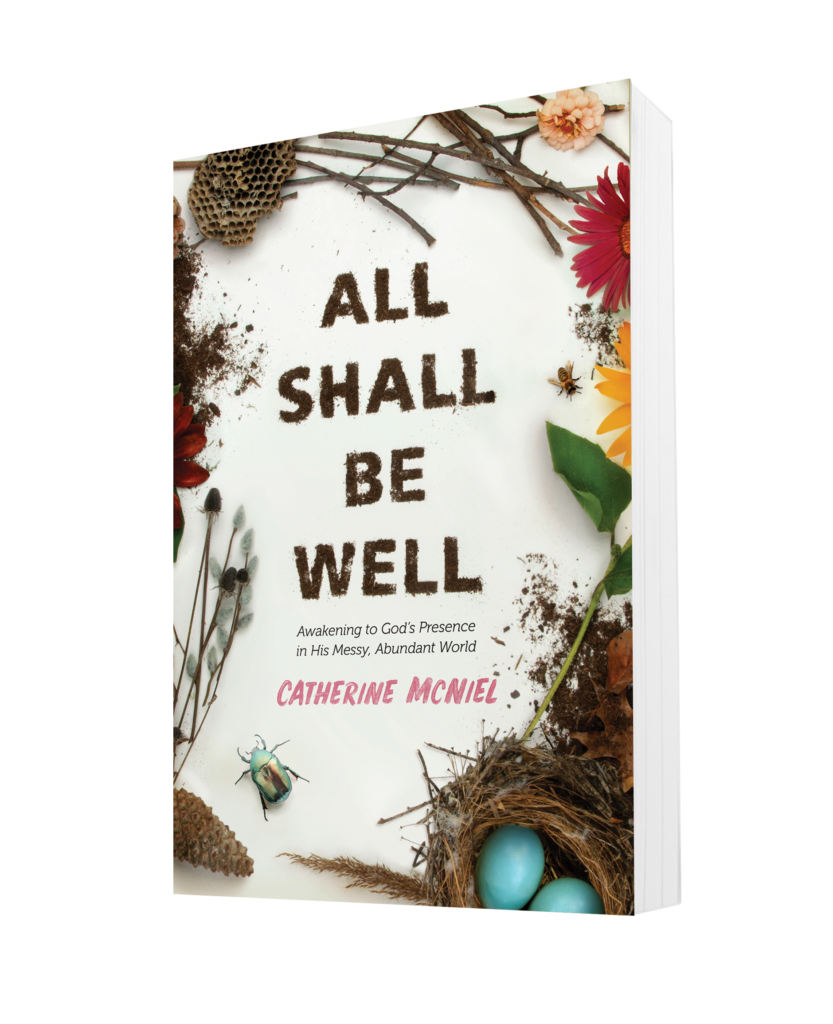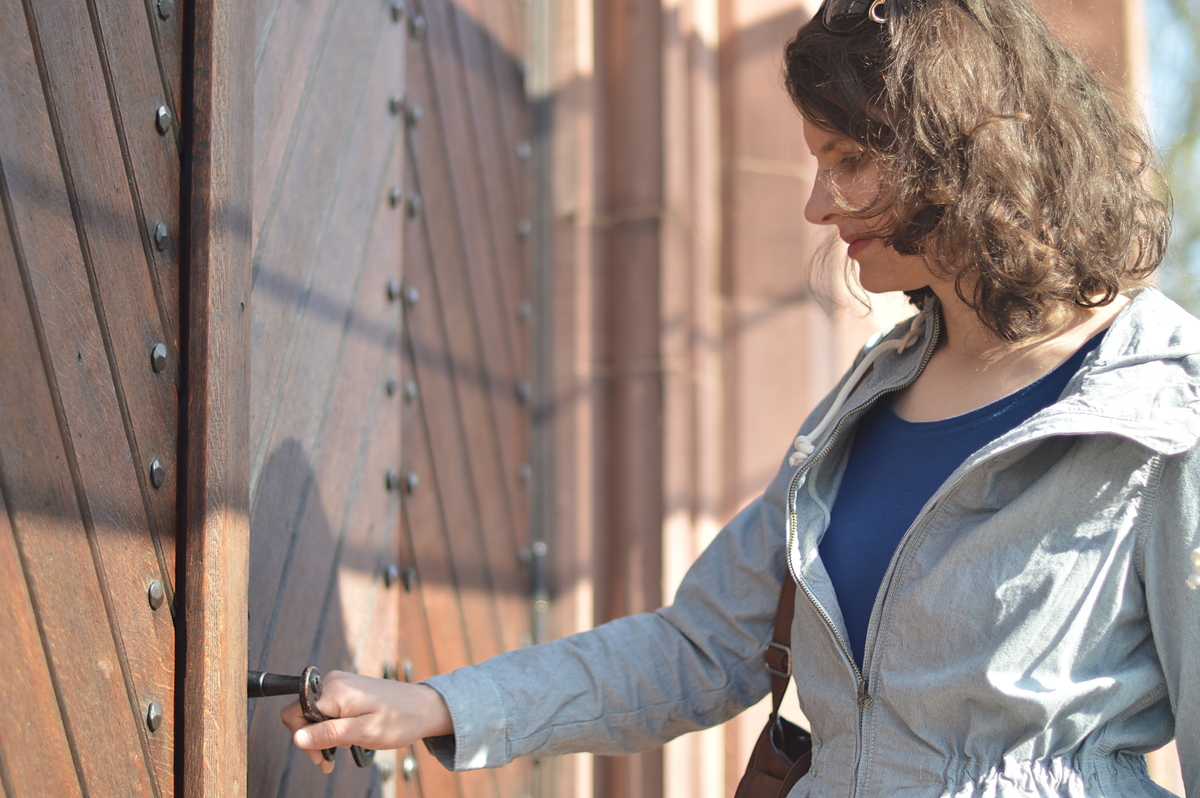An aging woman sits on the ancient tree stump outside her home. Her old eyes can see little in the dim light of dusk, and in the late afternoon of her life, she lacks the strength for hard physical work. So instead, as younger adults prepare the evening meal, she sits and tells stories to the children who assemble in the gathering darkness, stories of her life and the lessons learned through failures and success, gains and losses. Wisdom travels from her age to their youth as they meet in the balance between day and night, between her generation and theirs—gifts they will need to anchor them on this journey. Her knowledge will allow these young ones to recognize the pathway without having seen it themselves. She is the keeper of memories, the guardian of tradition, the steady candle that lights the way into their youthful unknown.
She, too, is facing the unknowable future, and not with the energy or hope that the children rolling and bouncing at her feet carry effortlessly. But she has something else: In her age, now in the afternoon of her life, she has been around the sun so many times. She knows that to everything, there is a season, that joys are fleeting, but trouble will not overtake or overcome. She has learned to travel in peace, without fear.
Youth observes twilight years with disbelief. Whether they hold the aging in esteem or contempt, it seems inconceivable that they themselves will reach such a place. But the journey of years will accumulate quickly, and they will arrive here all the same. The creative, courageous energy of youth, so quickly engulfed by the exhausting, fulfilling abundance of work, finally slows down by the passage of time. When we finally reach the afternoon of life, we have earned the right to rest, to pass on to others what we have learned by surviving so many ups and downs, and the trust we formed along the way. Less strength for physical labor provides more time to ponder years of experience, lessons, and wisdom. As the light dims, we sort through piles of memories to find the meaning we missed in the chaos—and gift it to others, a light to illuminate their way.
It was Carl Jung who described the decades during and after middle age as the afternoon of life. Jung believed that our developmental task in these years is to deepen our sense of meaning, an opportunity to move from a rushed first draft to a final masterpiece. Our declining outward strength is not designed to limit our contribution to society but to allow for internal work: maturity, understanding, perspective. In the wake of the body’s slower pace, the spirit can thrive, providing us with something profoundly important to share, a voice of assurance our community dearly needs. We can face the unknown doorways when our loved ones have shown us the way.
Jung says:
The afternoon of life is just as full of meaning as the morning; only, its meaning and purpose are different.[i]
The significance of the morning undoubtedly lies in the development of the individual, our entrenchment in the outer world, the propagation of our kind, and the care of our children. This is the obvious purpose of nature. . . .
In primitive tribes we observe that the old people are almost always the guardians of the mysteries and the laws . . . How does the matter stand with us? Where is the wisdom of our old people, where are their precious secrets and their visions?[ii]
My husband’s grandmother was an artist in the afternoon of her own life. She spent hours wandering the beach outside her home, sorting through the sand, debris, and seaweed, looking for something beautiful worth saving. One of her favorite items to collect was sea glass.
Sea glass are beautiful pieces of frosty-colored glass that have been worn down by decades of tumbling around the salty waters and rough beaches of the ocean. Real sea glass takes up to one hundred years to form, a thing of beauty emerging out of a lifetime of ebbs and flows. They symbolize the magic of autumn and of twilight, for only after years of hard refining does the beauty emerge.
The pounding oceans waves and tides are constant in their changes. They rise, then fall—as do the floodwaters of the river valleys, the heat of the seasons, the daily light of the sun. Only after a lifetime of rolling through the ebbs and flows do we gather a glimpse of the beauty created in the balance, the sea glass, the wisdom.
It takes close to one hundred years for a human life to form to completion as well. Can we enter the afternoon of life in peace, fortified with enough trust to recognize that our Creator will be true through the changes and present to the end? Our loved ones are standing just on the other side of the threshold, holding out a candle for us, encouraging us to keep our heads held high. Our young ones are behind us, watching closely as we light their path and teach them how and whom to trust.
Humanity has always relied on the gentle shepherding of older generations, those who, like sand, like sea glass, have weathered a lifetime of cycles and changes, who have been worn by the crashes of life into something true. Those approaching twilight have learned from the sifting and the sorting where God’s Spirit resides and what he says to us all—and how to sit quietly enough to listen and receive.
You’ve been reading with Catherine McNeil from All Shall Be Well: Awakening to God’s Presence in this Messy, Abundant World. Get a copy or read a free excerpt of chapter one here. Head over to allshallbewellbook.com to get to know Catherine and her writing on faith, motherhood, and many other beautifully messy topics.
 [i] C. G. Jung, Two Essays on Analytical Psychology, 2nd ed. (London: Routledge, 1999), 74.
[i] C. G. Jung, Two Essays on Analytical Psychology, 2nd ed. (London: Routledge, 1999), 74.
[ii] C. C. Jung, The Structure and Dynamics of the Psyche (Princeton, NJ; Princeton University, 1969), 399–400.

